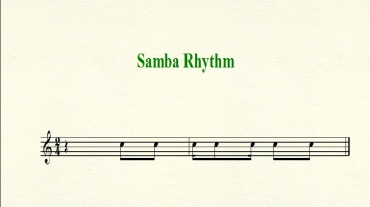For my final blog post I wanted to discuss the broad array of Latin inspired genres and styles that find their way on to brass chamber music performances constantly. There is great interest both from a performer’s aspect and certainly from an audience’s perspective in getting to perform and listen to Latin genres performed. There are groups that are both dedicated to playing only Latin music genres as well as those that just frequent them such as the Boston Brass or the Alberti Brass. Utilizing Latin genres is a great way to break up a program and give the audience an engaging experience in a different presentation of Western art music than usual. More and more frequently Latin styled pieces are being published and arranged making it easier to perform works from a wide array of genres. I would highly recommend to any performers to investigate the possibility of performing more of these pieces.
I want to leave you with a couple more recordings that I hadn’t gotten a chance to write about but are worth listening to.
